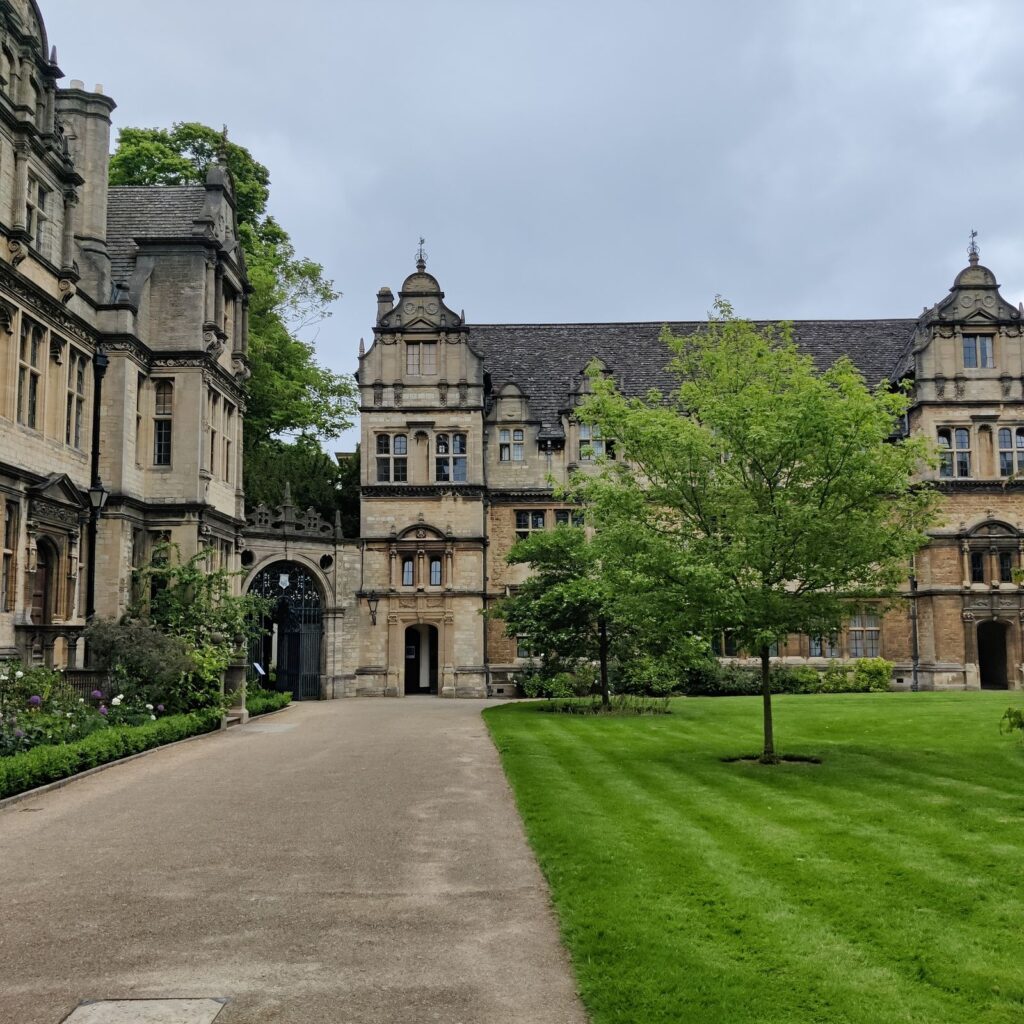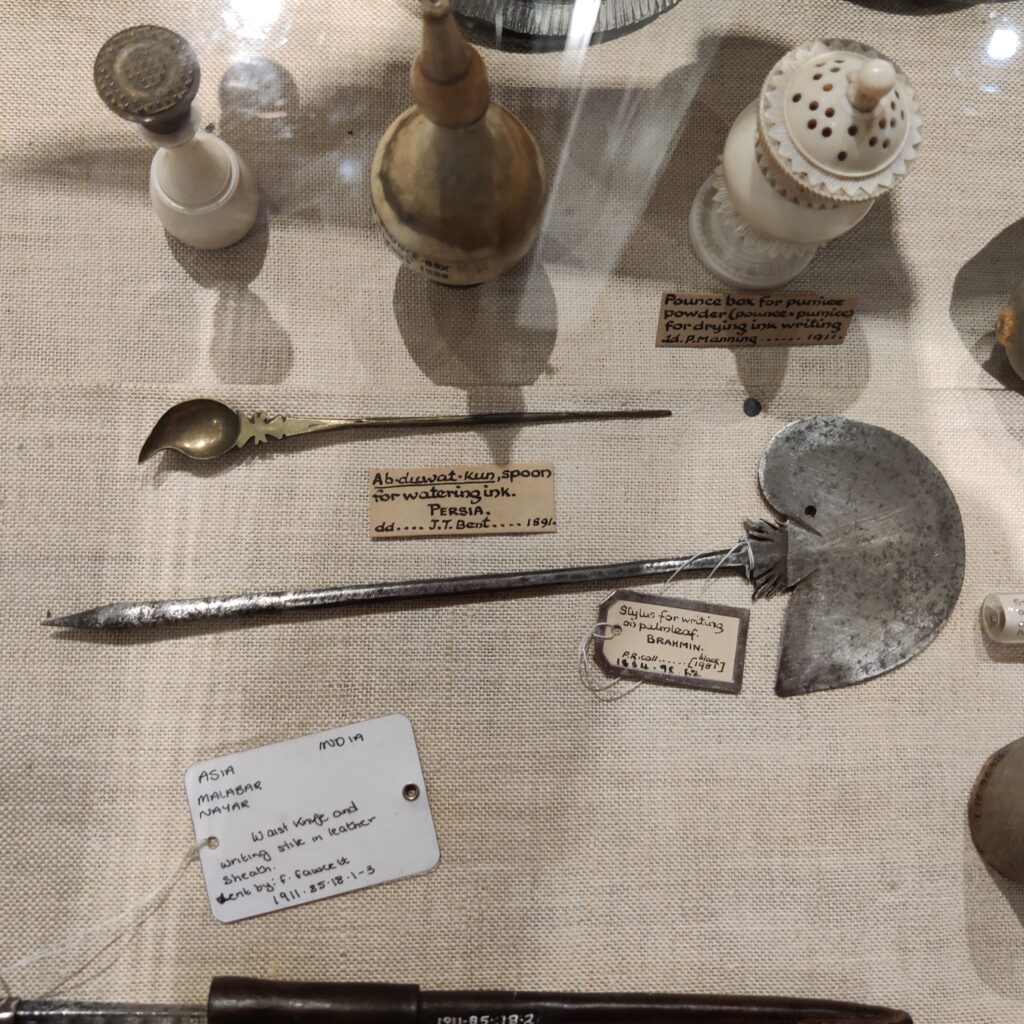Sanskrit Traditions Symposium in Oxford
by Olli-Pekka Littunen
Published on June 13, 2023
I had the opportunity to present a paper in the 39th Sanskrit Traditions Symposium (formerly Sanskrit Traditions in the Modern World), organized by the Oxford Center for Hindu Studies and held at Trinity College of the University of Oxford. In my paper I discussed how to deal with a large number of variants in a single manuscript, namely the Vārāṇasīmāhātmyasaṃgraha palm-leaf manuscript that I have been working on for the past year.

The format of the symposium involved pre-distributed papers with around 45 minutes of discussion allocated per paper. The discussion was initiated by a correspondant, in my case Professor Gavin Flood, and later the floor was opened for questions and comments from the audience. I thought the format of the symposium was refreshing as no presentations were made and the entire event was focused more on in-depth discussion than a more common presentation+discussion format.
There are a few downsides to such a format, however. Even though the correspondant’s task was also to summarize a paper before starting the discussion, it requires everyone to read the papers beforehand in order to make the best use of the discussion time. The necessity of pre-reading all the papers inevitably leads to the situation where a one-day symposium such as this one cannot include very many papers. The symposium in question had four. The papers presented were quite diverse, including topics such as the concept of sukha in ascetic traditions, a Vedāntic debate about the epithet Nārāyaṇa, and the manifold history of the Govindadeva temple in Vṛndāvana, in addition to my own topic. I would assume that not everyone in the audience could be an expert in all these diverse areas of research, and for that reason it was definitely necessary to pre-distribute the papers. With all this in mind, the discussion and the comments and questions I received from my correspondant and the audience were very useful for me. The other presenters also received useful comments and questions that can allow them to view their research from different perspectives and improve it further.
While in Oxford, I also had the opportunity to discuss some of my research with Prof. Diwakar Acharya at All Souls College, who was very helpful in answering some of my questions (and raising some questions as well) about the dating of the manuscript and apograph I have for my sources, and how they were most likely used in Nepal. For example, I am now reconsidering the possible date of the manuscript and I received information about several obscure tables with numbers on the last folios.
I also visited the Ashmolean and Pitt Rivers museums, which had a number of nice statues and artifacts related to South and Southeast Asia. While going through the rich cabinets of the Pitt Rivers museum, I encountered the stylus shown below. As it would have been used for writing palm-leaf manuscripts, it was especially interesting to see in person. No further information was provided about its place of origin.

The trip to Oxford was very conducive for my research. Of course, the city is quite beautiful and allows for visitors – academic or not – to immerse themselves in an atmosphere of learning and academic advancement.
